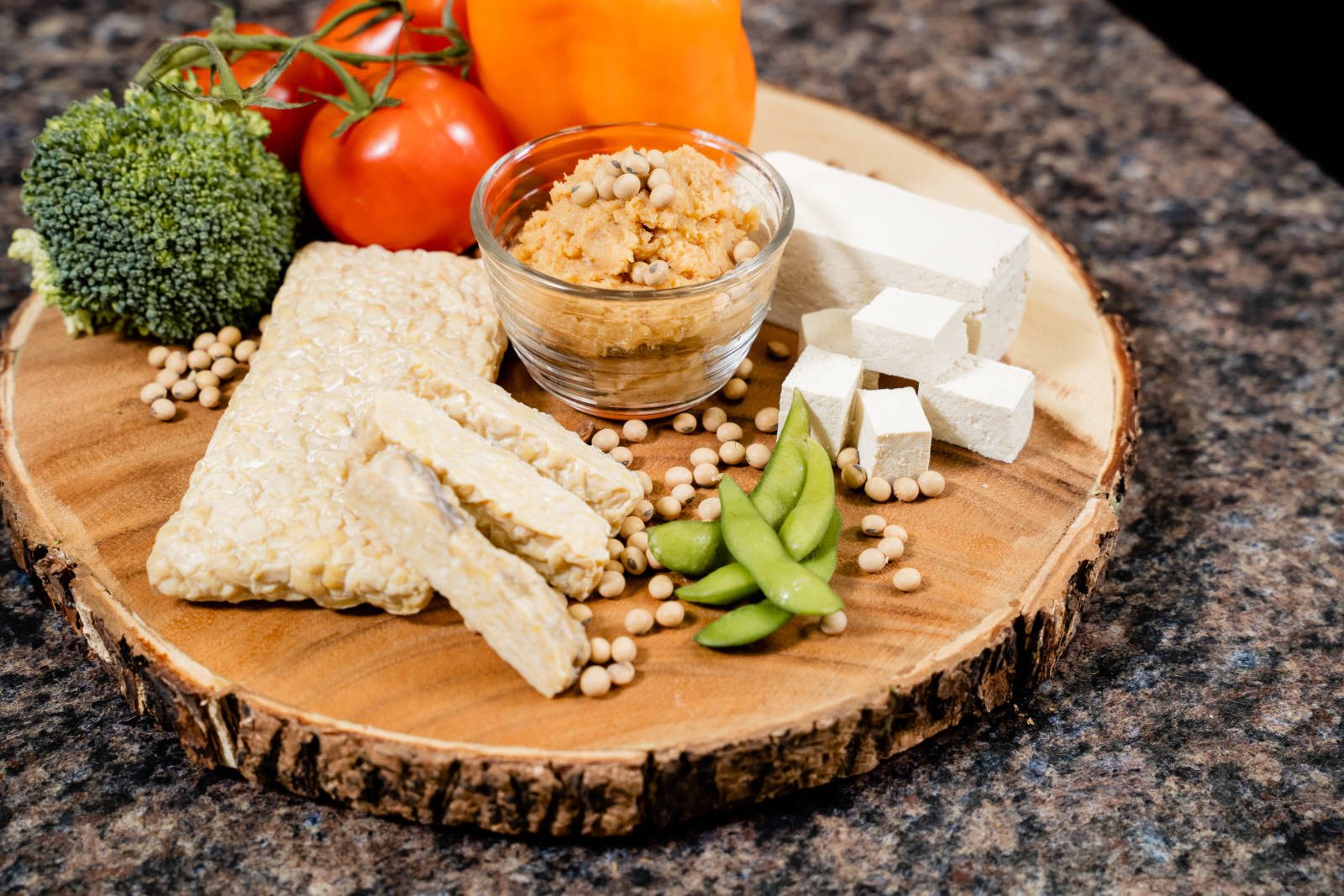Wellness-driven food trends may well create a new niche for soy foods. Today’s nutrition and wellness considerations increasingly affect consumer food choices. Research suggests that one in four people globally are more concerned about their immune health than they were before the pandemic. Millennial and Gen X consumers show the greatest interest in immune health.[1]
Since the onset of the pandemic, Europeans have increased their focus on consuming more foods to improve immune health. According to research, 50% Polish consumers, 42% of Italian consumers, and 41% of Spanish consumers have been consuming more food and drink products that support their immune system since the pandemic began.[2] In the Asia Pacific region, 43% of Indian Millennials are spending more on healthy foods and snacks.[3] In Southeast Asia, 64% of Vietnamese consumers check food product labels for nutrition and ingredient information, as do 61% in the Philippines and 56% in Thailand.[4]
In the ever-growing arena of plant proteins, soy foods stand out for several reasons. Tofu and soymilk have been widely consumed in several Asian countries since ancient times. The solid standing of sustainable produced U.S. Soy is backed by decades of research investigating soy’s nutrients and that they may have a role in preventing and treating chronic diseases.[5] Traditional fermented soy foods such as tempeh, natto and miso recently have drawn attention because of their nutritional effects on the gut microbiota (living organisms).[6]
Gut health and immune-boosting are prevalent purchase-motivators today. For example, growth in the yogurt market has been attributed in part to the potential immune health and digestive health benefits it offers.[7] Soy foods such as soy yogurt can support these dietary directions.
Gut Health
Several types of soy foods fit into the diets of consumers seeking gut health. Reportedly, 58% of global consumers are aware of potential benefits that bacteria in the digestive system can have on overall health.[8] In the U.S., 24% of recently surveyed consumers considered digestive health to be the most important part of overall health, and one-third said they try to consume probiotics.[9] In the APAC region, gut health awareness is a niche but growing area.[10]
Prebiotics are among the year’s trending ingredients.[11] Prebiotics stimulate the growth of healthy bacteria living in the body, and may be naturally present or present in a synthesized form.[12]
Probiotic foods, such as soy yogurt, contain live organisms and add to the population of healthy microbes in the gut.[13] Fermented soy foods contain probiotics. Choices include miso, tempeh, natto, many soy yogurt products and probiotic soy milk with live cultures added. Numerous studies published in the past several decades suggest that fermented soy products and their compenents have various wellness benefits.[14]
The term postbiotic refers to an end product of “deliberately inactivated cell components,” that can confer a health benefit.[15] Postbiotics are linked to various beneficial effects, including aiding the body’s immune system.[16]
New products with prebiotics and probiotics hold promise for consumers seeking digestive health and immune-boosting ingredients. New soy foods products such as prebiotic and postbiotic fortified tofu respond to the evolving demands of wellness-conscious consumers.
Immune-Boosting Foods
As part of the mindful eating trend[17], snacking habits have evolved to address health-related priorities. Soy foods help promote the various wellness goals of global consumers. In the U.S., 37% of consumers expect a nutritional benefit from snacking, with desired benefits varying by generation. For 29% of Gen Z consumers, for example, digestive/gut health is a desired benefit. Among Millennials, 28% want immune health and functionality benefits, while 42% of Gen Xers are looking for energy benefits. Also, 30% rank digestive health and gut health among their purchase motivators.[18]
Examples of soy foods for snacking are prebiotic soy milk (promoted as supporting gut health), soy energy bars and soy yogurt in tantalizing global flavors. Trends toward quality plant protein, prebiotic, probiotic and immune-boosting ingredients have the potential to create even more opportunities for U.S. Soy innovators in the future.
This article is partially funded by U.S. Soy farmers, their checkoff and the soy value chain.
